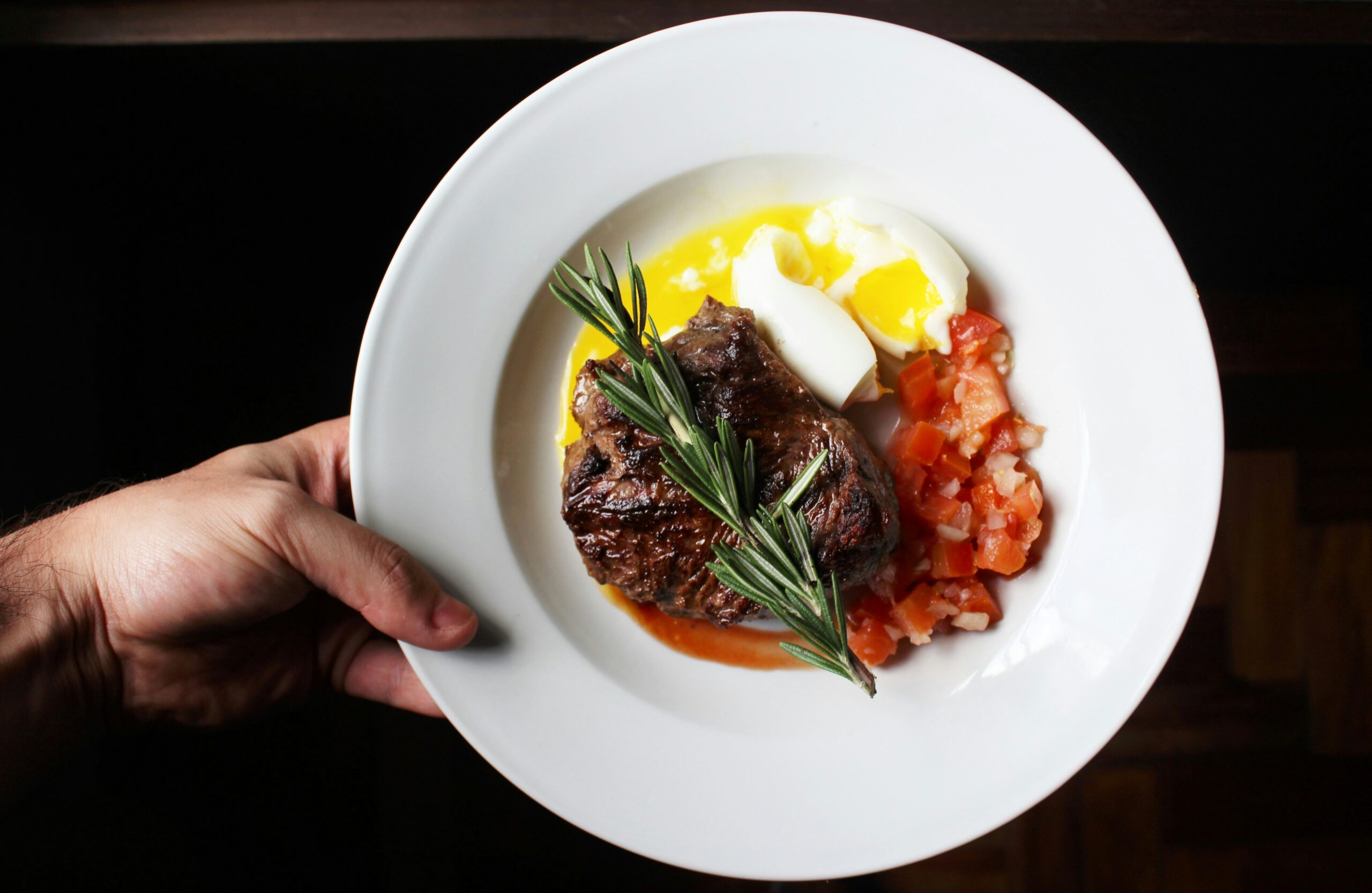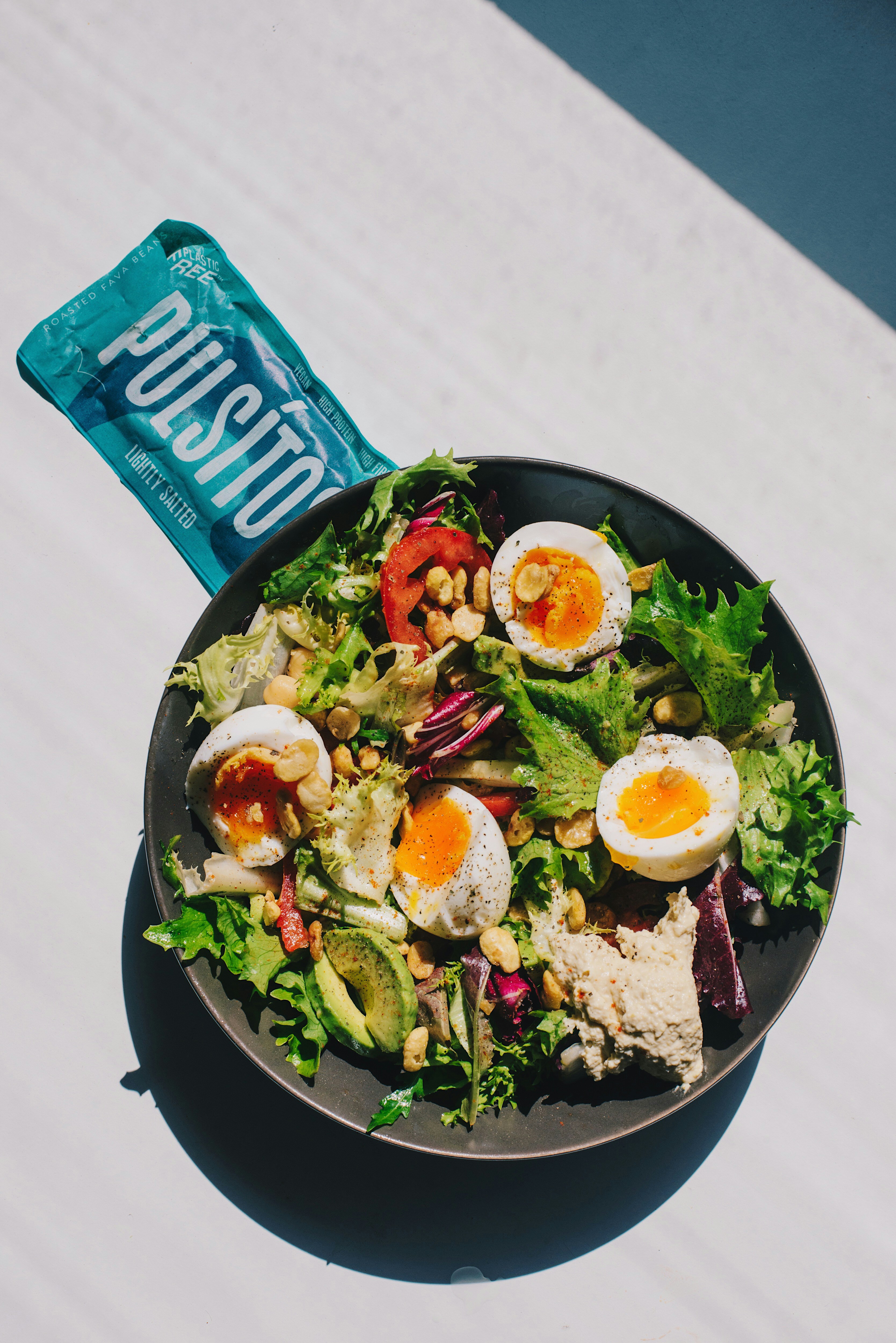Trying to shed some extra pounds around your midsection? One important factor to consider is the amount of carbohydrates you consume each day. But how many carbs should you be eating to effectively target that stubborn belly fat? This article will provide you with the insights and guidance you need to navigate this tricky question. Discover the ideal carb intake to help you on your weight loss journey and finally achieve that toned and trim stomach you’ve been dreaming of.

Understanding Carbohydrates
Definition of Carbohydrates
Carbohydrates are one of the three macronutrients and provide the body with energy. They are made up of carbon, hydrogen, and oxygen. Carbohydrates are classified into simple and complex carbs, depending on their structure and how quickly they are absorbed by the body.
Types of Carbohydrates
Simple carbs are made up of one or two sugar molecules and are quickly broken down by the body. They can be found in foods like fruits, honey, and table sugar. On the other hand, complex carbs consist of three or more sugar molecules linked together and are metabolized more slowly. Examples of complex carbs include whole grains, starchy vegetables, and legumes.
Role of Carbohydrates in the Body
Carbohydrates play a vital role in our body’s energy production. They are the preferred source of fuel for our brain and muscles. When we consume carbs, our body breaks them down into glucose, which is then transported to our cells to provide energy. Carbs also help regulate metabolism, support proper digestion, and aid in hormone production.
Carbohydrates and Weight Gain
Relationship between Carbs and Weight
Carbohydrates have often been linked to weight gain, leading to misconceptions about their effects. While it is true that excessive carbohydrate intake can contribute to weight gain, it is important to consider the overall calorie balance and the quality of the carbohydrates consumed. Consuming more calories than you burn, regardless of the macronutrient composition, can lead to weight gain.
How Excess Carbs Contribute to Belly Fat
When we consume more carbohydrates than our body needs for immediate energy expenditure, the excess glucose is converted into glycogen and stored in the liver and muscles. However, if the glycogen stores are already full, the excess glucose is converted into fat and stored in adipose tissue, including the abdominal area. This can lead to an increase in belly fat.
Myths about Carbs and Weight Gain
There are several myths surrounding carbohydrates and weight gain. One common misconception is that all carbs are bad for weight loss. It is important to differentiate between simple carbs, like refined sugars, and complex carbs, like whole grains. Another myth is that completely eliminating carbs is necessary for weight loss. While reducing carb intake can be beneficial, it is essential to find the right balance for your body and goals.
How Many Carbs Should You Eat to Lose Belly Fat
Daily Recommended Intake of Carbs
The daily recommended intake of carbs varies depending on individual factors such as age, gender, activity level, and overall health goals. However, a general guideline is to consume 45-65% of your daily calories from carbohydrates. For someone following a 2000-calorie diet, this would equate to about 225-325 grams of carbs per day.
Calculating Your Ideal Carb Consumption
To determine an ideal carb consumption for belly fat loss, it is crucial to consider your overall calorie needs and create a calorie deficit. This deficit can be achieved by reducing your total daily calorie intake or increasing your physical activity level. Working with a registered dietitian or nutritionist can help personalize your carb intake based on your individual needs.
Factors Influencing the Amount of Carbs Required for Belly Fat Loss
Several factors can influence the ideal carb intake for belly fat loss. These factors include body composition, metabolic rate, insulin sensitivity, and activity level. It is important to listen to your body and make adjustments as needed. Gradual reductions in carb intake while monitoring progress and energy levels can help determine the right amount for you.
Low-carb Diet for Belly Fat Loss
What is a Low-carb Diet?
A low-carb diet is characterized by a reduction in carbohydrate intake and an increased focus on proteins and healthy fats. The exact definition of a low-carb diet can vary, but typically, it involves consuming less than 130 grams of carbs per day. This macronutrient distribution can help shift the body into a state of ketosis, where it relies on fat for fuel instead of carbohydrates.
Popular Types of Low-carb Diets
There are several popular low-carb diets, including the ketogenic diet, Atkins diet, and the South Beach diet. These diets restrict carbohydrate intake to varying degrees and emphasize different food sources. The ketogenic diet, for example, focuses on high fat, moderate protein, and very low carb intake, typically under 50 grams per day.
Pros and Cons of a Low-carb Diet
A low-carb diet can be effective for belly fat loss as it helps regulate blood sugar levels, reduce insulin production, and promote fat burning. It can also lead to increased satiety and reduced cravings for sugary foods. However, it is important to ensure an adequate intake of essential nutrients and fiber while following a low-carb diet. Some people may also experience initial side effects, such as “keto flu,” as the body adjusts to the change in fuel source.
Creating a Low-carb Meal Plan
Selecting Low Carb Foods
When creating a low-carb meal plan, it is essential to choose foods that are low in carbohydrates. Focus on incorporating lean proteins, such as chicken, fish, and tofu, along with healthy fats from sources like avocados, nuts, and olive oil. Include plenty of non-starchy vegetables, such as leafy greens, broccoli, and cauliflower. Limit or avoid high-carb foods like grains, sugary beverages, and processed snacks.
Example of a Low Carb Meal Plan
Here’s an example of a day’s worth of meals on a low-carb diet:
- Breakfast: Scrambled eggs with spinach and mushrooms.
- Snack: Celery sticks with almond butter.
- Lunch: Grilled chicken salad with mixed greens, cherry tomatoes, cucumbers, and a vinaigrette dressing.
- Afternoon Snack: Greek yogurt with berries.
- Dinner: Baked salmon with roasted asparagus and a side of quinoa.
- Evening Snack: A handful of mixed nuts.
Tips for Sticking to a Low-carb Meal Plan
Sticking to a low-carb meal plan can be challenging at times, but there are strategies to help you succeed. Plan your meals and snacks in advance, so you are less likely to reach for high-carb options when hunger strikes. Stock up on low-carb pantry staples and remove tempting high-carb foods from your kitchen. Finding support from friends, family, or online communities can also provide accountability and motivation.
Carbohydrate Cycling for Belly Fat Loss
Understanding Carbohydrate Cycling
Carbohydrate cycling, also known as carb cycling, involves alternating between high-carb and low-carb days throughout the week. This approach is often used by athletes and individuals looking to optimize fat loss while maintaining muscle mass. On high-carb days, carbohydrates are consumed in higher quantities to support intense workouts, while low-carb days prioritize fat burning.
Benefits of Carbohydrate Cycling
Carbohydrate cycling offers several potential benefits for belly fat loss. By strategically varying carbohydrate intake, it can help optimize insulin levels, improve metabolic flexibility, and prevent plateaus in weight loss. It can also support glycogen replenishment on high-intensity workout days and promote fat burning during low-carb days.
How to Incorporate Carbohydrate Cycling into Your Diet
To incorporate carbohydrate cycling into your diet, start by identifying your high-intensity workout days. On these days, consume a higher amount of carbohydrates, focusing on complex carbs from sources like whole grains, sweet potatoes, and fruits. On rest or low-intensity workout days, decrease carbohydrate intake and prioritize proteins, healthy fats, and non-starchy vegetables.

Exercise and Carb Intake
How Exercise Impacts Carb Requirement
Exercise has a significant impact on carbohydrate requirements as it increases energy expenditure and depletes glycogen stores. The type, intensity, and duration of exercise play a role in determining how much carbohydrate is needed for optimal performance and recovery. Endurance athletes, for example, may require higher carbohydrate intake to fuel their workouts compared to individuals engaging in moderate-intensity exercise.
The Role of Carbs in Workout Recovery
Carbohydrates are crucial for workout recovery as they replenish glycogen stores and promote muscle protein synthesis. After intense exercise, consuming carbohydrates alongside protein can enhance glycogen resynthesis and aid in muscle repair. Balancing post-workout carbohydrate intake with protein and hydrating properly is essential for optimal recovery and adaptation to exercise.
Balancing Exercise and Carb Intake for Belly Fat Loss
When aiming for belly fat loss, it is important to strike a balance between exercise and carbohydrate intake. Tailor your carbohydrate consumption based on your workout needs, ensuring adequate fueling for performance while still maintaining an overall calorie deficit for fat loss. Experiment with timing and types of carbohydrates to find what works best for you and supports your goals.
Carbs and Other Nutrients
The Role of Protein in Weight Loss
Protein plays a crucial role in weight loss and body composition. It is an essential macronutrient that is involved in building and repairing tissues, including muscles. Adequate protein intake can help preserve lean muscle mass while promoting fat loss. Include lean protein sources like poultry, fish, tofu, and legumes in your meals to support your weight loss goals.
Importance of Healthy Fats
While carbohydrates and protein often receive the most attention, healthy fats are equally important for a well-rounded diet. Including sources of healthy fats like avocados, nuts, seeds, and olive oil can provide essential fatty acids and support satiety. Fat also aids in the absorption of fat-soluble vitamins and helps regulate hormones necessary for weight loss.
Balancing Carbs with Other Nutrients for a Well-rounded Diet
To achieve a well-rounded diet for belly fat loss, focus on balancing your nutrient intake. Incorporate a variety of whole, unprocessed foods that provide a balance of carbohydrates, proteins, and healthy fats. Emphasize nutrient-dense sources while minimizing highly processed foods and added sugars. The key is to create a sustainable eating plan that nourishes your body and supports your weight loss goals.
Monitoring Progress
Tracking Carb Intake
To monitor your carb intake, keeping a food diary or using a smartphone app can be helpful. Record the types and amounts of carbohydrates consumed throughout the day. This information can give you insights into your eating patterns and help you make any necessary adjustments to reach your belly fat loss goals. Remember that consistency is key in tracking and making progress.
Assessing Weight Loss Progress
Weight loss progress should be assessed holistically, considering factors beyond just the number on the scale. Take measurements of your waist circumference, monitor body composition changes, and pay attention to how your clothes fit. Non-scale victories, like increased energy levels or improved sleep quality, can also indicate progress, even if the scale doesn’t show significant changes.
Adjusting Carb Intake as Needed
As you progress on your belly fat loss journey, it may be necessary to adjust your carb intake. Gradually reduce carbohydrate consumption if your weight loss stalls or if you have specific goals in mind. Be mindful of how changes in carb intake affect your energy levels, exercise performance, and overall well-being. Personalization is key when it comes to finding the optimal carb intake for your body.
Possible Risks and Side Effects of Low-carb Diets
Understanding the Possible Side Effects
While low-carb diets can be effective for belly fat loss, they can also come with potential side effects. Some individuals may experience initial fatigue, headaches, or low energy levels when transitioning to a low-carb diet. This is commonly referred to as “keto flu” and is often temporary. It is essential to stay hydrated, replenish electrolytes, and ensure adequate nutrient intake to minimize these side effects.
When to Seek Medical Guidance
If you have underlying medical conditions or are taking medications, it is important to consult with a healthcare professional before starting a low-carb diet. They can provide guidance and monitor your progress to ensure it aligns with your individual health needs. If you experience severe or persistent side effects, it is recommended to seek medical guidance to address any concerns.
Safety Precautions When Following a Low-carb Diet
When following a low-carb diet, it is crucial to prioritize nutrient-dense foods and ensure you are meeting your micronutrient needs. Focus on consuming a variety of non-starchy vegetables, healthy fats, and lean proteins. Hydrate adequately and listen to your body’s hunger and fullness cues. Consider working with a registered dietitian or nutritionist to ensure you are following a well-balanced and sustainable approach to belly fat loss.


